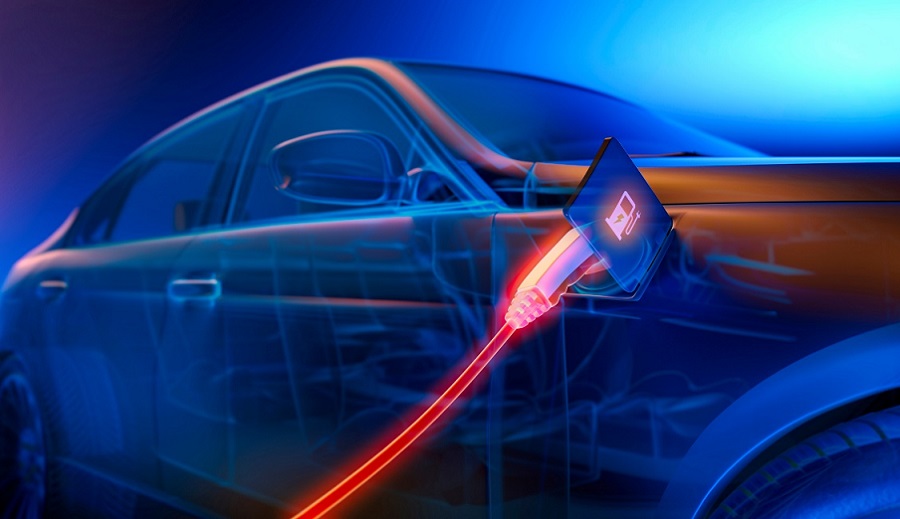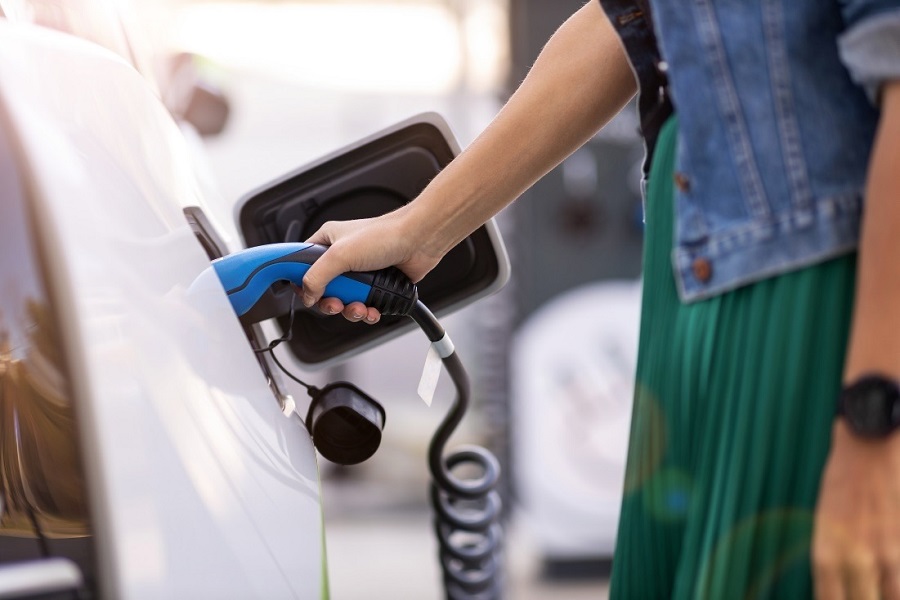The Victorian Government announced a Zero Emissions Vehicles (ZEV) Subsidy available to Victorian residents. Through this initiative, the Victorian Government is encouraging Victorian residents to purchase an electric vehicle. Driving a ZEV can save up to $1,000 annually on fuel costs.
The ZEV Subsidy is available for any eligible vehicle purchase starting from 2nd May 2021. The subsidy will be available until on 30th June 2024, or until the rebates are fully committed, whichever occurs first. The aim of introducing the ZEV program is to drive Victoria’s transition to a net zero emissions future.
Zero Emissions Vehicle Subsidy Program
Buying a new vehicle is a big decision and requires an upfront investment. The ZEV Subsidy will reduce the upfront cost to the customer when purchasing a ZEV through a subsidy available at the time of purchase and arranged through the car dealership.
When you purchase an eligible ZEV, the car dealer will claim the subsidy on your behalf. It will be deducted from the purchase price and will be verified and payable when the vehicle is registered at a Victorian address. The Victorian Government is working in partnership with car manufacturing companies to put these arrangements in place. The first payments to car dealers are expected in July 2021.
The Victorian Government has released its Zero Emissions Vehicle Roadmap, supported by a $100 million plan to fast-track the transition of ZEVs before 2050. The roadmap will ensure Victoria is the leader in the adoption of ZEVs in Australia and positioning the state to take full advantage of the emerging global shift towards this exciting technology.
The package of policies and programs to supercharge Victoria’s Zero Emissions Vehicle future includes the following.
- $298,000 for an ‘EV-readiness’ in new buildings study
- $5 million to establish a Commercial Sector Zero Emissions Vehicle Innovation Fund
- $10 million to replace 400 vehicles in the Victorian Government Fleet (Vic Fleet) with ZEVs
- $19 million to accelerate the roll-out of electric vehicle (EV) charging infrastructure across regional Victoria and support the charging of EV fleets
- $20 million for a ZEV public transport bus trial – and a target for all public transport bus purchases to be ZEVs from 2025
- $46 million for Australia’s first public Zero Emissions Vehicle Subsidy Program – providing individual subsidies at the point of purchase for more than 20,000 ZEVs
The ZEV Subsidy Program is expected to significantly increase the number of ZEVs in Victoria over a short period.
How much is the subsidy?
The Andrews Labor Government announced a $3,000 subsidy for new ZEV as a part of a comprehensive plan to meet the target of net zero emissions by 2050.
Under this program, more than 20,000 subsidies are available. The subsidies are going to be offered in three rounds with the first round that includes 4000 subsidies.
What is a Zero Emissions Vehicle (ZEV)?

Vehicles that do not use petroleum fuels are ZEVs and these types of vehicles do not emit greenhouse gases. A good example of ZEVs are Battery Electric Vehicles (BEVs) and Hydrogen Fuel Cell Electric Vehicles (FCEVs).
BEVs function by using electricity from the grid. The electricity is stored in rechargeable batteries that power these vehicles. Electric vehicles are lighter to drive compared to traditional petrol-powered vehicles. BEVs don’t produce pollution and if these vehicles are charged using a renewable electricity source, the carbon footprint is reduced even further.
Adopting ZEVs will lower greenhouse emissions which in turn has a beneficial effect in reducing climate change issues. It will also improve air quality, which leads to better health outcomes.
Which vehicles will be covered?
Under the ZEV Subsidy Program, only Battery Electric Vehicles (BEVs) and Hydrogen Fuel Cell Electric Vehicles (FCEVs) will be covered. Currently, BEVs are commercially available in Victoria, whereas FCEVs are still emerging as a consumer market. The Toyota Mirai is one of the few Hydrogen vehicles currently available. This vehicle uses a hydrogen fuel cell to generate electricity to power its electric motors.
The ZEV vehicles with a GST inclusive value under $68,740, excluding compulsory third-party insurance, stamp duty, registration, and other charges will attract the subsidy in the first stage of the ZEV Program.
Some of the popular BEV cars are the Nissan Leaf, the Tesla range, Polestar 2, BMW i3, Hyundai Kona Electric, Kia Soul EV, VW’s ID.3, and e-Golf and the Jaguar i-Pace.
How far can I go on one charge?
When it comes to purchasing a ZEV, customers often stress about the battery range and its impact on travel needs. However, many ZEVs can travel at least 350-450 kilometres on a single charge.
To support further long-distance travel in ZEVs, the Government is investing in vehicle charging infrastructure in various locations.
Am I eligible for the ZEV subsidy?
The ZEV Subsidy Program is available to Victorians for one vehicle purchase and to businesses for the purchase of up to two vehicles.
If you have purchased a ZEV in Victoria before the launch of the ZEV Subsidy Program, you will not qualify for this subsidy. Additionally, only cars are included in this subsidy; motorcycles and other vehicles are exempted.
How can I receive the ZEV subsidy?
When purchasing a ZEV from the launch date i.e. 2nd May 2021, you do not need to apply separately for the rebate. You will be contacted directly by dealers to arrange the payment.
Customers need to keep hold of the following documents.
Contract of sale
Car Registration Certificate
Evidence of Victorian resident status
Proof of identity
Total Solar Solutions Australia installs high-quality and durable Electric Vehicle chargers. To find out more about our services, contact us today at (03) 9729 0894.


